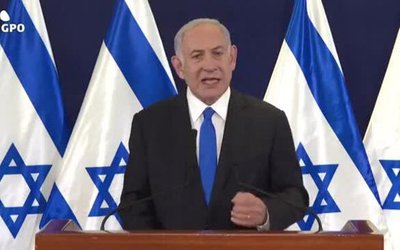Twenty year old medical student, Krishna Thapa had a sudden bout of seizure. In his hostel, his friends had witnessed a sudden onset of his whole body shaking. The seizure lasted for about 3 minutes after which time Krishna appeared to be somnolent. By the time they brought him over to emergency, Krishna was less drowsy and he was able to answer simple questions. He told the emergency room doctors he nowhad a throbbing headache. The doctors did a thorough examination and found that except for his history of recent seizure and his present somnolence which seemed to be improving, there was nothing else the matter with Krishna. They treated him with anti-seizure medicines. He stayed for 3 hours in the emergency room and gradually he felt much better. He was discharged to his hostel to be monitored by his friends and told to come back for follow up after a couple of days or if he had a seizure in the meantime. The knowledgeable doctors also told him, he probably would require a CT scan of his head. Krishna had no further episodes of seizure, but his head CT scan was abnormal. It revealed a “worm in the brain” lesion.
Worm in the brain in Nepal means neurocysticercosis. Indeed all of South Asia is endemic for this disease. This is a very common cause of epilepsy in the young in Nepal. Infections are caused by the pork tapeworm, Taeniasolium. Krishna was infected either by drinking dirty water ( all Nepali tap water is generally unclean if not boiled or treated with iodine or chlorine) or eating undercooked pork.It is also possible that fecal-oral transmission (“eating shit”, to put it crudely) took place when the patient ate food stuff contaminated with tapeworm eggs. After absorption from the intestines, the eggs may go in the blood to the brainand form cysts (neurocysticercosis).
Nepalis love to eat Badel( pork), and eating this meatis potentially another important risk factor for acquiring this dangerous infection.The pigs get the disease by eating human feces that contain the eggs of the tapeworm. The eggs then form the larva( cystecerci) of tapeworm in the muscles of the pig which humans ingest. In the human intestine, the cysticerci develops further and enters the blood stream after penetrating the wall of the intestine. In the blood stream the cysticerci just like the tapeworm eggsare ready to migrate to the brain or other organs like the eye or muscles.
In our medical student, the cysts formed in the brain, caused an inflammatory reaction which lead to a seizure. So, when young people like Krishna have a seizure it is important to scan the head to rule outneurocysticercosis as treatment with drugs like albendazole or praziquantel may be necessary.
Travelers who have been diagnosed with neurocysticercosis after returning to their native countries in the West have often been initiallyincorrectly diagnosed as brain tumors as neurocysticercosis is rare in the developed world.
An important reasonwhythis disease became a rarity in the West is that post second world war, there was a strong public health campaign to separate pigs from human feces and confine them to enclosed piggeries.
Besides eating and drinking hygienically prepared food, staying away from eating pork ( hard to do inDasain or Tihar!) may also help avoid acquiring neurocysticercosis. At least make sure the pork is very well cooked. Finally, for prevention some doctors would advocate taking one dose of worm medicine like albendazole once or twice a year.

Buddha Basnyat MD
Buddha Basnyat, MD, MSc, FACP, FRCP, Director of the Oxford University Clinical Research Unit-Patan Academy of Health Sciences, Kathmandu.
- Altitude Sickness
- Feb 20, 2018
- Post-earthquake Nepal: The Way Forward
- Dec 13, 2015
- The Annapurna Sanctuary
- Nov 29, 2015
- Diarrhea at the Summit
- Nov 08, 2015
- Altitude Sickness ( AMS, HAPE, HACE)
- Oct 15, 2015















